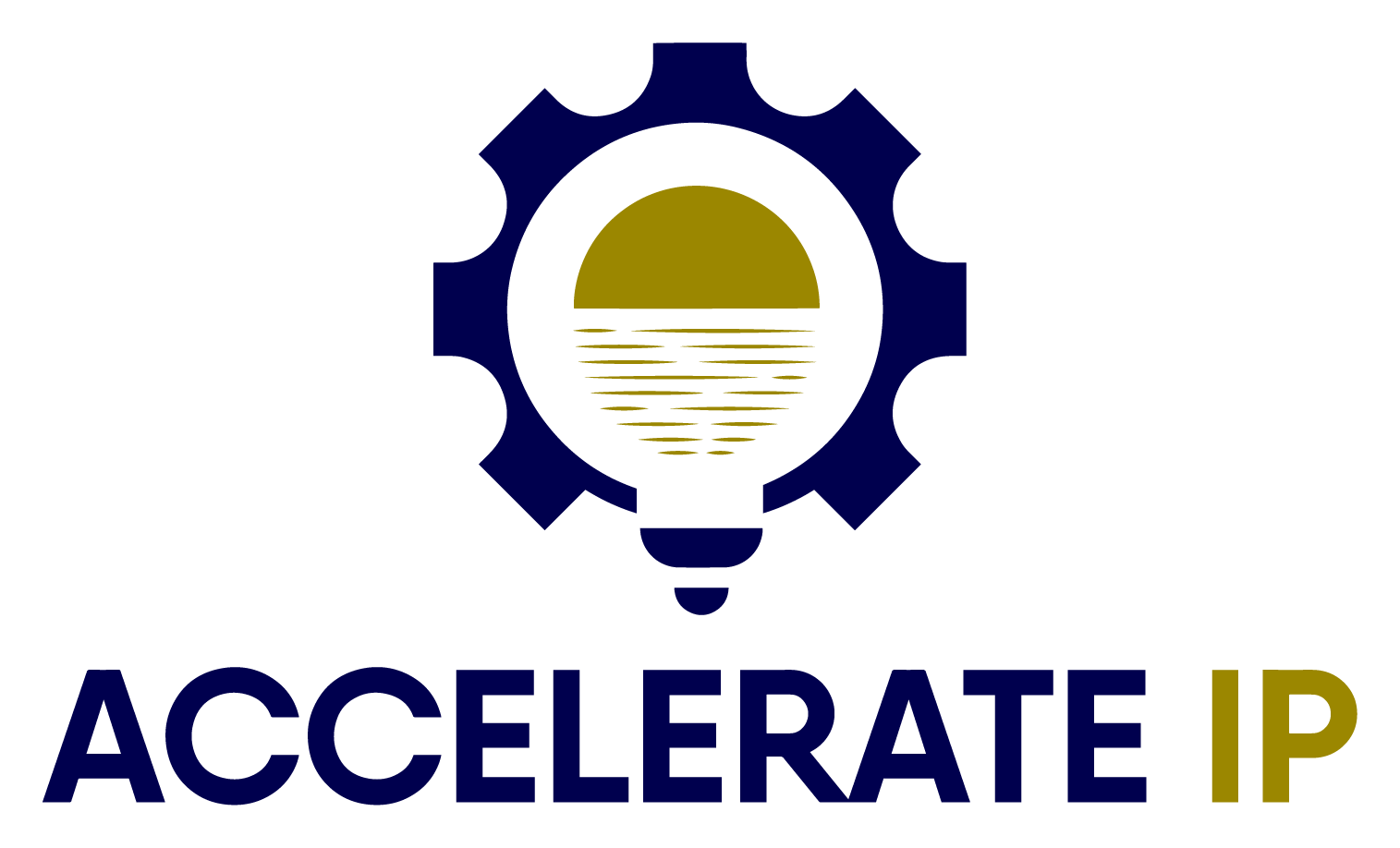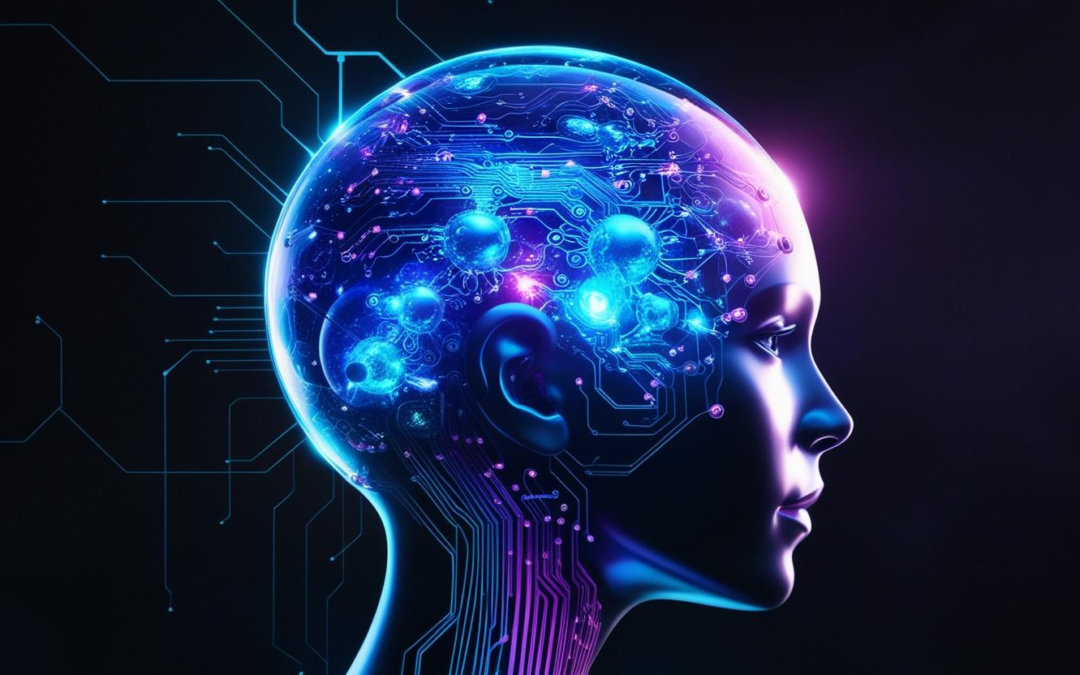Patenting AI: USPTO Guidance and Common Rejection Challenges
Introduction
Artificial intelligence (AI) is transforming various industries, presenting both opportunities and challenges for the patent system. This article examines the United States Patent and Trademark Office's (USPTO) official guidance on patenting AI-related inventions and analyzes common rejections based on actual case law, specifically focusing on subject matter eligibility and inventorship issues.
USPTO's Recent AI Guidance
2024 AI Subject Matter Eligibility Guidance
In July 2024, the USPTO issued a significant guidance update on patent subject matter eligibility specifically addressing innovations in AI and other emerging technologies. This guidance, which went into effect on July 17, 2024, builds on previous frameworks while providing further clarity on how the USPTO and applicants should evaluate subject matter eligibility of claims in patent applications involving AI technology.
The guidance update confirms that "whether an invention was created with the assistance of AI is not a consideration in the application of the Alice/Mayo test." Instead, determining subject matter eligibility "focuses on the claimed invention itself and whether it is the type of innovation eligible for patenting."
The guidance also introduces three new hypothetical AI-centered examples of subject matter eligibility, including claims to:
- An artificial neural network (ANN) to identify or detect anomalies
- AI-based methods of analyzing speech signals
- An AI model designed to assist in personalizing medical treatment to the individual characteristics of a particular patient
This updated guidance document is available on the USPTO's AI-related resources webpage.
USPTO Inventorship Guidance for AI-Assisted Inventions
Responding to President Biden's October 2023 Executive Order on the "Safe, Secure, and Trustworthy Development and Use of Artificial Intelligence," the USPTO released inventorship guidance for AI-assisted inventions in February 2024. This guidance confirms that while AI-assisted inventions are not categorically unpatentable, the inventorship analysis should focus on human contributions, as patents function to incentivize and reward human ingenuity.
The Alice/Mayo Framework and AI Patent Applications
The USPTO's subject matter eligibility analysis follows the two-step Alice/Mayo framework established by the Supreme Court in Alice Corp. Pty. Ltd. v. CLS Bank Int'l, 573 U.S. 208 (2014) and Mayo Collaborative Servs. v. Prometheus Labs., Inc., 566 U.S. 66 (2012). This framework is used to determine whether patent claims are directed to patent-eligible subject matter or fall within judicial exceptions (abstract ideas, laws of nature, or natural phenomena).
The USPTO's guidance, incorporated into MPEP § 2106, subdivides the first step of the Alice/Mayo framework (Step 2A) into two prongs:
- Step 2A, Prong 1: Does the claim recite a judicial exception?
- Step 2A, Prong 2: If yes, does the claim integrate the judicial exception into a practical application?
For AI-related inventions, the USPTO's updated guidance emphasizes that arguments focused on Step 2A may be most effective, particularly showing how the invention integrates abstract ideas (like mathematical concepts or algorithms) into practical applications.
Common USPTO Rejections for AI Patents
Subject Matter Eligibility (35 U.S.C. § 101) Rejections
AI patent applications frequently face Section 101 rejections when they appear to claim abstract ideas without sufficient integration into practical applications. The USPTO's data shows that Section 101 rejections make up a significant percentage of rejections in Technology Center 3600, particularly in e-commerce work groups where the rejection rate approaches 100% after the Alice decision.
AI-related applications are often categorized as abstract ideas falling under:
- Mathematical concepts (algorithms, neural network structures)
- Mental processes (data analysis that could theoretically be performed by a human)
- Certain methods of organizing human activity (business methods implemented with AI)
Strategies to Overcome Section 101 Rejections
Based on USPTO guidance and Federal Circuit precedent, successful AI patent applications typically:
- Focus on technical improvements: Explain how the AI system improves computer functionality or another technology, following the precedent in Enfish, LLC v. Microsoft Corp., 822 F.3d 1327 (Fed. Cir. 2016)
- Demonstrate practical applications: Show how abstract concepts are integrated into practical applications that go beyond merely using a computer as a tool
- Provide detailed technical implementations: Include specific technical details about how the AI system operates, rather than broadly claiming functional results
- Emphasize non-conventional arrangements: Highlight non-conventional combinations of elements that provide inventive concepts beyond well-understood, routine, and conventional activities
AI Inventorship: The Thaler v. Vidal Case
The Federal Circuit's decision in Thaler v. Vidal, No. 21-2347 (Fed. Cir. 2022) represents a landmark ruling on AI inventorship. In this case, Stephen Thaler attempted to list his AI system called DABUS (Device for the Autonomous Bootstrapping of Unified Sentience) as the sole inventor on patent applications for a food container and an emergency beacon.
The USPTO rejected the applications for failing to identify a human inventor. The Federal Circuit affirmed this decision, holding that under the Patent Act, an "inventor" must be a human being.
The court based its reasoning on:
- The plain meaning of "individual" in the Patent Act as referring to a human being
- The use of personal pronouns ("himself" and "herself") throughout the statute
- Previous Federal Circuit precedent in Univ. of Utah v. Max-Planck-Gesellschaft zur Forderung der Wissenschaften E.V., 734 F.3d 1315 (Fed. Cir. 2013), which held that "inventors must be natural persons"
The Supreme Court declined to review this decision in April 2023, leaving the Federal Circuit's ruling as controlling precedent. The case underscores that while AI can assist in the inventive process, current U.S. patent law requires that at least one human inventor be named on patent applications.
Practical Considerations for AI Patent Applications
Drafting AI Patent Applications
Based on USPTO guidance and Federal Circuit cases, successful AI patent applications typically:
- Identify human inventors: Clearly identify the human(s) who contributed significantly to the conception of the invention
- Focus on technical solutions: Emphasize specific technical problems solved and how the AI implementation addresses those problems
- Detail the AI architecture: Provide specific details about the AI system architecture, training methodologies, and implementation specifics
- Demonstrate improvements: Articulate concrete technological improvements achieved by the claimed invention
- Avoid purely functional claiming: Include structural elements and specific technical implementations rather than merely claiming functions or results
Responding to Office Actions
When facing rejections of AI patent applications, effective response strategies include:
- Analyze USPTO examples: Reference the USPTO's hypothetical AI examples as comparative benchmarks for eligibility arguments
- Cite Federal Circuit precedent: Identify Federal Circuit cases with similar technical characteristics where patents were found eligible
- Demonstrate integration into practical applications: Explain how the claimed invention integrates any abstract ideas into practical applications under Step 2A, Prong 2
- Consider examiner interviews: USPTO data suggests interviews can be effective in overcoming Section 101 rejections, particularly when paired with amendments
Conclusion
The patentability of AI inventions continues to evolve through USPTO guidance and court decisions. While challenges exist, particularly regarding subject matter eligibility and inventorship requirements, the USPTO's efforts to provide clarity through recent guidance offer pathways for protecting AI innovations. Patent applicants should stay informed about developments in this rapidly changing area and carefully craft applications to address known eligibility concerns.
As artificial intelligence technology continues to advance, the legal framework for patenting AI innovations will likely continue to adapt. The current guidance and case law establish that while AI systems cannot be named as inventors, AI-assisted inventions remain patentable when properly attributed to human inventors and when the applications are carefully crafted to meet subject matter eligibility requirements.
Last updated: April 21, 2025

